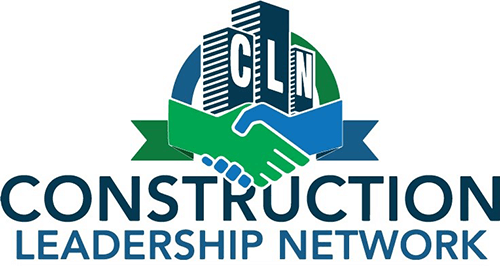Why Megaprojects Fail
Part IV
Institutional Structure
Our discussion over the past few weeks has centered on the failure of megaprojects to come in on budget or on schedule. Two more examples:
- High Speed 2, the United Kingdom’s planned train line that would run at speeds of up to 250 mph, has risen from its proposed 2010 price of $39.1 billion to $138.1 billion. The original opening date for phase one has also slipped back from 2026 to as late as 2031.
- Similarly, California’s proposed high-speed rail set to fully open by 2033 has jumped from its 2016 price of $64 billion to $80.3 billion. These two examples are more typical of megaproject performance.
In our discussion of why megaprojects experience such a high failure rate, (not coming in on time and on budget) we have categorized the causes into four main areas:
- SIZE
- UNCERTAINTY
- COMPLEXITY
- INSTITUTIONAL STRUCTURE
Institutional Structure
We have discussed the high-risk factors of size, complexity, and culture. Today we will take a closer look at the fourth risk factor, institutional structure. The main cause of poor performance associated with management structure is an inappropriate definition of the project culture and sense of purpose, which leads to intra- and inter-organizational conflict. This too often promotes dysfunctional management structures that encourage behavior driven to attend to individual goals rather than the collective vision and objectives.
Remember the highly complex and inefficient evolution of the institutional structure of the megaproject we discussed a few weeks ago? Every contractor reading this blog can easily envision the mess that resulted as that complex institutional structure evolved.
Megaproject Management
Because megaprojects are usually established as standalone temporary organizations, they can be led by a client team, prime contractor, or some form of temporary alliance, joint venture, or coalition of multiple parties (owners, sponsors, clients, contractors, suppliers, and other stakeholders) that work jointly on a shared activity for a limited period of time in an uncertain environment (Jones & Lichtenstein, 2008; Merrow, 2011).
Each megaproject is usually decomposed into many smaller inter-related projects and organized as a program. A large organization—the client, prime contractor, and/or delivery partner—is established to coordinate and integrate the efforts of numerous subgroups and suppliers involved in project activities (Davies & Mackenzie, 2014; Davies et al., 2009; Merrow, 2011). This organization manages the overall program and the interfaces between project segments; deals with external suppliers through separate contracts; and is accountable for meeting time, cost, and quality performance goals.
The problem is usually the lack of an effective theory or framework that can connect these disparate contributions allowing management processes such as decision making, integration, leadership, and teamwork to function together as an integrated whole. The result is conflict, competition, secrecy, buck passing, the blame game, and an enormous waste of time and money.
Let’s Face Megaproject Failure Rate Facts
- It is very close to impossible for a contractor, owner, designer, or civic visionary to effectively forecast the time of completion or estimate the cost of a multi-year, multi-billion-dollar megaproject with any degree of accuracy.
- They all know that going in. Why, then, do they persist in proudly publishing plans that always fail to work out?
- The reason is that the public insists on it. The civic approval process abhors an “open-ended” project.
- The public is often worried about corruption or competence of public officials.
- However, the public is easily made complicit because they want the “shiny object” of a massive civic improvement project. The bigger the better.
- Even though the public knows any cost overruns will come out of their pocket they reserve the right to cry “foul” when the project costs billions more than the original estimate it approved.
Redefining “Failed Megaproject”
Maybe we need to redefine megaproject failure starting with what it is not:
- Failure to meet a budget or a scheduled completion date that everyone, including the public, knew was tentative and “best foot forward” from the start, is not “failure”.
- The only truly “failed” megaproject is the one that doesn’t get built or doesn’t achieve its intended purpose.
Just about all megaprojects eventually get completed. Just not on the schedule or for the amount originally projected or both.


